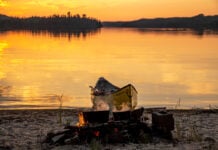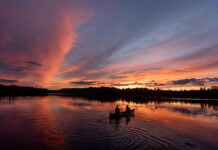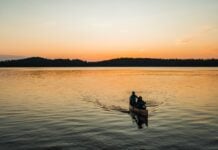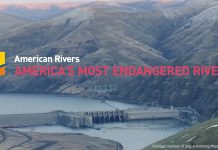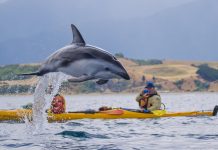A mere glimpse of a map of Minnesota’s Boundary Waters and Ontario’s Quetico Provincial Park is enough to set the imaginations of Dave and Amy Freeman racing. The husband-and-wife founders of the Wilderness Classroom, a youth outdoor education program, developed their passion for canoe tripping in this mosaic of freshwater stretching across 9,000 square kilometers and an international border. They retraced canoe routes plied for thousands of years by Indigenous people and fur-trading voyageurs, reveling in vestigial wilderness located in the heart of the continent.
The late Ely, Minnesota-based author and conservationist Sigurd Olson called this place “The Singing Wilderness”—a fitting description for the siren’s call that has shaped the Freemans’ lives.
The fight to save the Boundary Waters
Last August, the couple were compelled to embark on a canoe journey that was profoundly different from the typical Boundary Waters trip. Dozens of paddlers gathered to send them off on the South Kawishiwi River; their Kevlar canoe was covered with hundreds of signatures, scrawled across its hull in black ink; and their destination was Washington, D.C., 3,000 kilometers distant.
The Freemans were following in the footsteps of Olson and other environmental activists whose efforts, over the past century, have saved Minnesota’s north woods from development; including hydroelectricity schemes, logging and motorized access.
Commemorating the 50th anniversary of the Wilderness Act, pivotal U.S. legislation that established the 4,400-square-kilometer Boundary Waters Canoe Area (BWCA), the Freemans were paddling to the White House to oppose a copper and nickel mine proposed for the doorstep of North America’s most popular canoe area. Fittingly, an 18-foot Wenonah model bearing 2,000 signatures was their petition.
Behind the looming environmental threat
Near the South Kawishiwi River, less than a kilometer from the BWCA’s southern boundary, $100 billion worth of copper, nickel and other minerals is buried in sulphur-bearing bedrock. Mine proponents argue Minnesota’s environmental regulations are robust enough to protect the surrounding waterways from contamination. Last summer, Twin Metals, a subsidiary of a Chilean mining company, started the process of getting state and federal permission to develop the largest underground mine in Minnesota history.
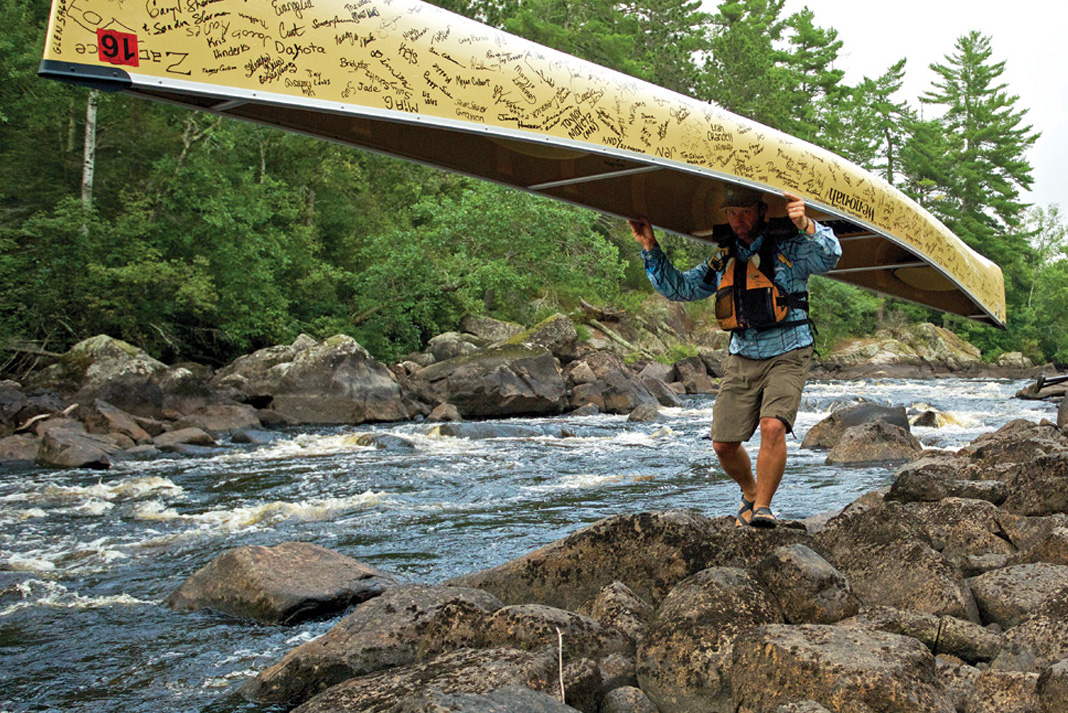
Environmentalists identify Twin Metals’ mineral leases, which recently expired, as the key to stopping the proposal. While the company lobbies to have the claims extended this summer, the non-profit Save the Boundary Waters organization is countering with a national campaign to convince the federal government to outlaw mining activities altogether within the BWCA watershed.
“We have a unique moment in time when we the people can ask for public lands to be withheld from mining,” says Becky Rom, an Ely-based environmental activist. “We have an opportunity to finish the job.”
MiningWatch Canada, a non-profit industry watchdog organization in Ottawa, calls mining a “waste management industry.” A gold ring on your finger, for instance, is the product of about one ton of gold-bearing material—besides the one to three additional tons of so-called waste rock that must be removed to access the ore and is disposed of in mountainous heaps. Isolating desired minerals from ore also creates chemical- and heavy metal-laced reservoirs known as tailings ponds. Mining by-products must be carefully quarantined and monitored for leakage.
“It’s not a question of whether, but when, a leak will occur that will have major impacts on the water quality of the BWCA.”
— Dr. Tom Myers, hydrogeologist
Where mining occurs in sulphur-bearing rock, such as the proposed Twin Metals operations, there’s an elevated risk of acid mine drainage and metal leaching coming from waste rock and tailings ponds. These interconnected chemical processes occur when subsurface, sulphur-bearing materials react with water and air, creating sulphuric acid. Because dangerous metals like lead, zinc, copper and mercury become more soluble in acidic conditions, a feedback loop develops where increasingly acidic mine runoff becomes laced with higher and higher concentrations of toxins.
Copper and nickel deposits in northern Minnesota are located at the top of a watershed encompassing the BWCA, Voyageurs National Park and northwestern Ontario’s Quetico Provincial Park. Save the Boundary Waters hired Dr. Tom Myers, a Nevada-based hydrogeologist and water resources consultant, to dig deeper into the Twin Metals proposal.
Due to the “massively interconnected waterways” and minimal capacity of the surrounding vegetation to buffer acidic contamination, Myers concluded, “It’s not a question of whether, but when, a leak will occur that will have major impacts on the water quality of the BWCA.” The result would be analogous to the sterile waters of Ontario’s copper-mined Sudbury region.
“It’s like a massive time bomb,” says Rom, a lifelong Ely resident. “Everything that comes out of the mine must be captured and treated forever. If you did a true cost-benefit analysis, this type of mining wouldn’t pencil out.”
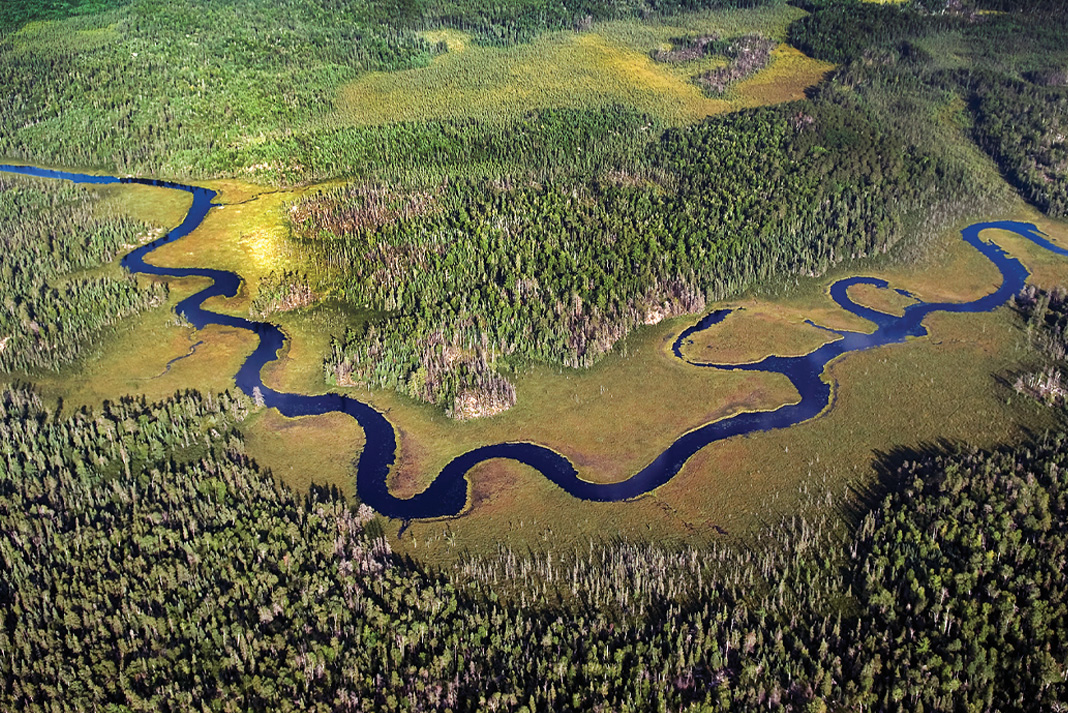
Rom is the granddaughter of a miner who worked on Ely’s historic iron range. Her father bucked the mining tradition and, in 1946, started what would become the largest canoe outfitting company in the world, Canoe Country Outfitters. Bill Rom stood alongside Sigurd Olson in lobbying for the 1964 Wilderness Act. Meanwhile, his children worked as canoe guides in the BWCA; Becky started leading trips in the wilderness at age 14. She insists there could be no worse place to develop a mine like Twin Metals than on the doorstep of the BWCA.
“We’re basically an inland sea of interconnected wetlands, streams, rivers and lakes,” she says. “The nature of this kind of mining is such that you cannot prevent damage to the water or damage to the forest. The EPA says sulphide mining is America’s most toxic industry. Do we really want to put that in the watershed of America’s most popular wilderness?”
Not all locals are against the mine
Like Becky Rom, Nancy McReady is a lifelong Ely native. She and her husband, a retired miner, raised their family on the edge of the BWCA on Fall Lake, downstream from the Twin Metals deposits. The president of the Conservationists with Common Sense, a group advocating for responsible resource use, her organization stands for a healthy environment and “multiple use access to public lands and waters.”
“We support rules and regulations based on good facts and not just emotion,” says McReady.
McReady fully endorses the Twin Metals mine. For its part, the company touts a state-of-the-art, modern mine with more than 30 years of reserves that will bolster the regional economy with 850 full- time jobs and return Ely to its halcyon days. With over four billion tons of untapped minerals in northern Minnesota, Twin Metals could be the beginning of a mining boom.
“This is the next evolution of mining,” says McReady. “For future generations, I hope this mine goes. I love my town, but it’s dying. Mining will provide the jobs and the tax base to keep us going.”
Moreover, McReady is confident that Minnesota’s pollution regulations will keep an “eagle eye” on Twin Metals’ operations. She points to the Flambeau Mine, which operated in a sulphide ore body in Wisconsin and closed in 1997, as an example of how proper engineering can eliminate the risk of acid mine drainage. “The sulphide content here is nowhere near what it is in other areas where they’ve mined successfully,” says McReady. (The Flambeau legacy remains controversial. In 2012, federal court ruled Flambeau had violated the Clean Water Act, but also praised the company for promptly addressing the issue.)

“Here in our backyard we can do it right,” says McReady. “As long as the science is there, we will be supportive. If it’s proven otherwise, we will be there to stop it as well.”
The long, winding journey to Washington, DC
Whenever he traveled beyond the Boundary Waters, Sigurd Olson inevitably compared the sights and sounds to his beloved Minnesota lakes. “The singing wilderness has to do with the calling of the loons, the northern lights, and the great silences of a land lying northwest of Lake Superior,” he wrote. “I have heard the singing in many places, but I seem to hear it best in the wilderness lake country of the Quetico-Superior, where travel is still by pack and canoe over the ancient trails of the Indians and voyageurs.”
“The EPA says sulphide mining is America’s most toxic industry. Do we really want to put that in the watershed of America’s most popular wilderness?”
— Becky Rom
From the South Kawishiwi River, Dave and Amy Freeman paddled north to the Border Route, following the voyageur highway across Basswood, Knife and Saganaga lakes, and making the 13-kilometer Grand Portage to Lake Superior. They had plenty of time to reflect on the significance of the BWCA wilderness—both on a personal level and in the way it has ignited an environmental ethos in legions of Americans. Amy recalled her first BWCA canoe trip as a 12-year-old. “It opened my eyes to how important it is for people to spend time in wild places,” she says. “Even as a kid, it was special.”
After strapping their canoe to a sailboat to make time on the Great Lakes, the Freemans again took to the paddle in Ontario, battling the currents of the French and Mattawa rivers to the Ottawa River, and crossing the U.S. border at Lake Champlain. They also stopped to deliver over 40 presentations to environmental groups, outdoor clubs and students along the way. Finally, they paddled the Hudson River and the Atlantic seaboard and arrived on December 2 in Washington, D.C. The 101-day journey reaffirmed the couple’s love for the BWCA. “Nothing else was quite so wild,” says Amy.
Over 40 Minnesotans greeted the Freemans when they landed in Washington and portaged the signature canoe to Capitol Hill. It was nice to reconnect with friends, but it was the people they met along the way who bolstered their resolve.
“Even in far away places like Ottawa, Vermont and New York City, people would tell us stories about their first experience in the Boundary Waters,” says Dave. “It made us appreciate what a treasure we have.”
Conor Mihell is an environmental reporter and adventure travel journalist. Visit him at: conormihell.com
The Boundary Waters Canoe Area encompasses 1,000 lakes and 1,500 miles of canoe routes. It receives 250,000 visitors annually. | Feature photo: Layne Kennedy



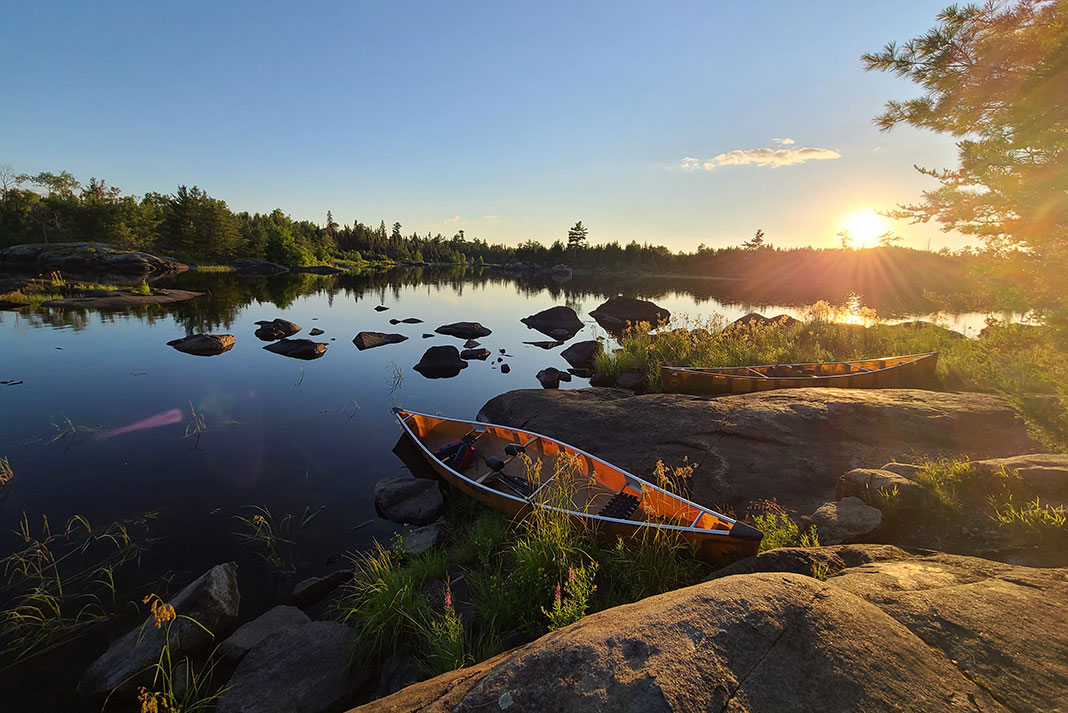
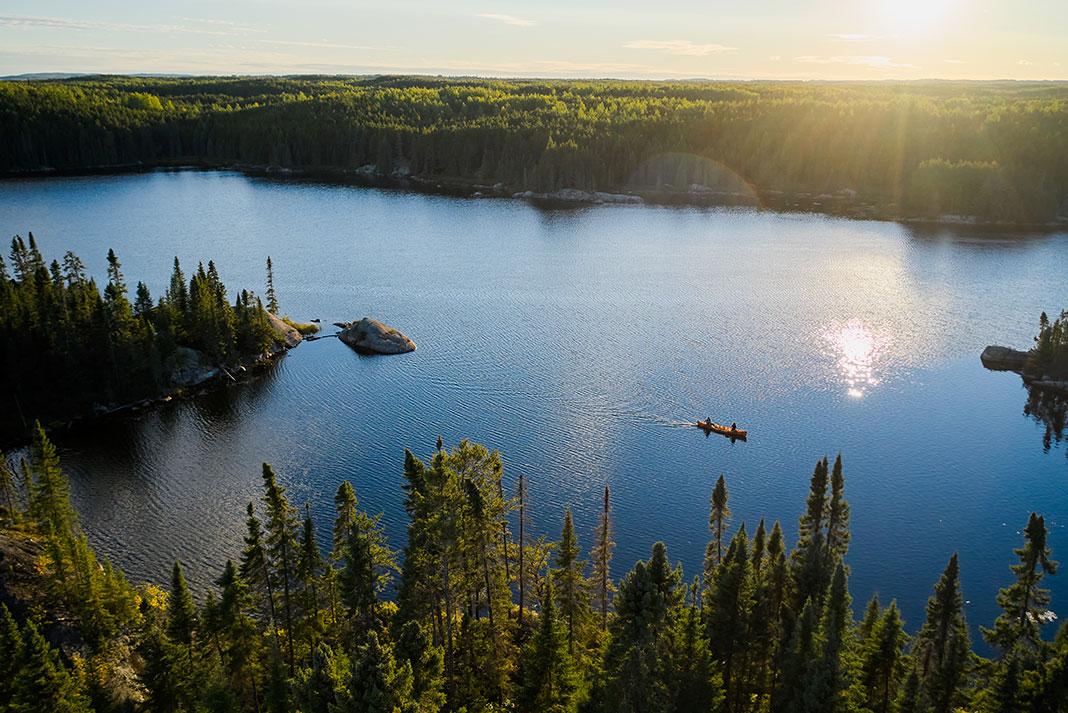
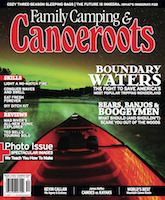 This article was first published in the Early Summer 2015 issue of Canoeroots Magazine.
This article was first published in the Early Summer 2015 issue of Canoeroots Magazine. 